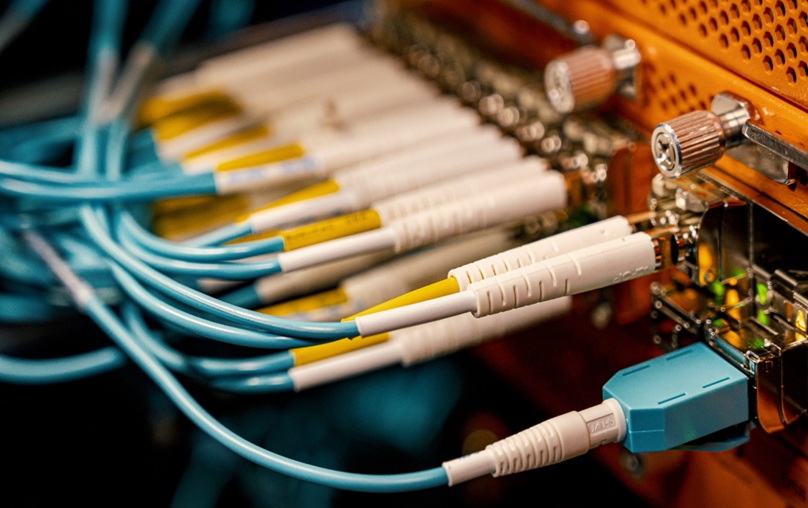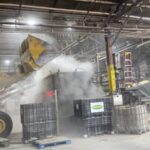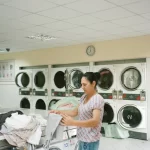Choosing Explosion Proof Connectors: Features to Look For
Hazardous environments don’t forgive mistakes. When you’re dealing with volatile gases, combustible dust, or high-risk industrial settings, the last thing you need is an unreliable connector. A single weak link in your electrical system can lead to power failure, costly downtime, or, worse, a catastrophic explosion. That’s why choosing the right explosion-proof connectors isn’t just a decision—it’s a responsibility. It’s about keeping your people safe, your equipment operational, and your business compliant. So, how do you cut through the noise and find a connector that won’t fail you when it matters most? You start by knowing exactly what to look for.
The Harsh Reality: Not All Connectors Are Built to Survive
You wouldn’t trust just any lock to secure a vault. So why take chances with hazardous location connectors? The materials they’re made from determine whether they last for years—or fail when you need them most.
- Stainless Steel: Corrosion-resistant. Ideal for offshore rigs, chemical plants, and anywhere moisture and harsh chemicals are a threat.
- Aluminium: Lightweight yet durable. A good choice when weight matters but ruggedness is still non-negotiable.
- Nickel-Plated Brass: A blend of strength and electrical conductivity, perfect for industrial use where exposure to oil, gas, and moisture is unavoidable.
Your environment dictates the material. A connector that can’t handle your conditions isn’t just a bad investment—it’s a liability.
The Hidden Enemy: Water, Dust & Debris—Why Ingress Protection (IP) Ratings Matter
Your connector’s worst enemy? The elements. Dust, moisture, and dirt find their way into poorly sealed connectors, causing short circuits, corrosion, and system failures. That’s why you need to pay attention to Ingress Protection (IP) ratings.
- IP66: Dust-tight and resistant to powerful water jets.
- IP67: Can handle temporary submersion.
- IP69K: The heavyweight champion—completely dustproof and can withstand high-pressure, high-temperature washdowns.
If your site is unpredictable, your connectors need to be fortresses, not weak spots. Choose a rating that matches your worst-case scenario—not your best.
The Unbreakable Rule: Certification Is NOT Optional
This is where too many people cut corners, and it’s a serious mistake. If your connectors don’t meet explosion-proof safety standards, they’re not just illegal—they’re dangerous.
Look for these certifications to ensure you’re getting the real deal:
- ATEX-certified electrical connectors (Europe): Required for explosive environments in the EU.
- IECEx (International): A globally recognised mark of safety and reliability.
- NEC/CEC (North America): Defines hazardous locations by Class I, II, and III standards.
These certifications aren’t just stamps on a label. They prove that a connector has been tested, verified, and built to keep you safe in environments where failure isn’t an option.
Extreme Heat. Freezing Cold. Can Your Connectors Handle It?
Think about the worst conditions your connectors will face. Will they be exposed to blistering heat in a steel mill? Brutal cold in an Arctic oil field? If they can’t handle it, they’ll fail—probably at the worst possible time.
- Low-temperature resistance (-50°C and below): Critical for frozen storage and extreme cold-weather operations.
- High-temperature endurance (+100°C and beyond): Must-have for foundries, chemical plants, and refineries.
Environmental stress can break down weak connectors over time. The best ones? They’re built to last, no matter the temperature swings.
No Gaps. No Leaks. The Power of a Perfect Seal
When your connectors aren’t sealed right, gas, dust, and moisture find a way in. And when that happens, you’re in trouble. A high-quality sealing system is the difference between a safe, secure connection and one that could lead to disaster.
The best connectors use:
- Silicone gaskets – Flexible, temperature-resistant, and ultra-reliable.
- Neoprene seals – Great for resisting oil and harsh chemicals.
- Fluorocarbon gaskets – The gold standard for handling aggressive chemicals and extreme conditions.
If a connector isn’t sealed like a vault, walk away.
Overload = Disaster: Choose the Right Electrical Load Capacity
If your connectors can’t handle the load, they’ll overheat, degrade, and eventually fail. And in hazardous environments, failure is not an option.
- Voltage rating: Pick a connector that matches or exceeds your system’s voltage.
- Current capacity: Underpowered connectors get dangerously hot—don’t risk it.
- High-quality insulation: Prevents power leaks that could trigger ignition in explosive atmospheres.
Underrating your electrical load leads to inefficiency. Overrating it leads to failure. Find the balance and stay safe.
Lock It Down: Secure Connections in High-Vibration Zones
Ever had a connection come loose in the middle of an operation? In industries like mining, drilling, and heavy manufacturing, constant movement and vibrations put your connectors to the test. If they don’t stay locked in, they fail—fast.
- Threaded Locking: Provides a secure grip that won’t budge under pressure.
- Bayonet Locking: Quick to connect and hard to dislodge.
- Snap-Lock Mechanism: Perfect for applications requiring fast, tool-free connections.
Loose connectors cause interruptions, lost productivity, and safety hazards. Lock them in place and forget about failures.
Protect Your Cables. Protect Your Connections.
You wouldn’t install a heavy-duty door without a sturdy frame. Your cables need the same level of support. Without strain relief, even the best connectors will fail under pressure.
- Gland seals: Keep cables secure and prevent tension damage.
- Flexible conduits: Protect against bends and twists that can wear cables out.
- Oversized cable support: Accommodates various cable sizes for versatility.
A well-protected cable extends the life of your connectors. Cut corners here, and you’ll be replacing them sooner than you think.
The Bottom Line: Get It Right the First Time
Explosion-proof connectors aren’t just accessories. They’re the first line of defence against system failures, costly downtime, and dangerous accidents. Choosing the wrong ones? That’s not a mistake you want to make.
By focusing on material strength, sealing, certifications, temperature resistance, and secure locking mechanisms, you’re not just buying a connector—you’re investing in safety, efficiency, and peace of mind.
So, when it comes to hazardous environments, ask yourself: Are you willing to risk it, or are you choosing a connector you can trust? Click here to explore explosion-proof connectors designed for safety, durability, and compliance.






